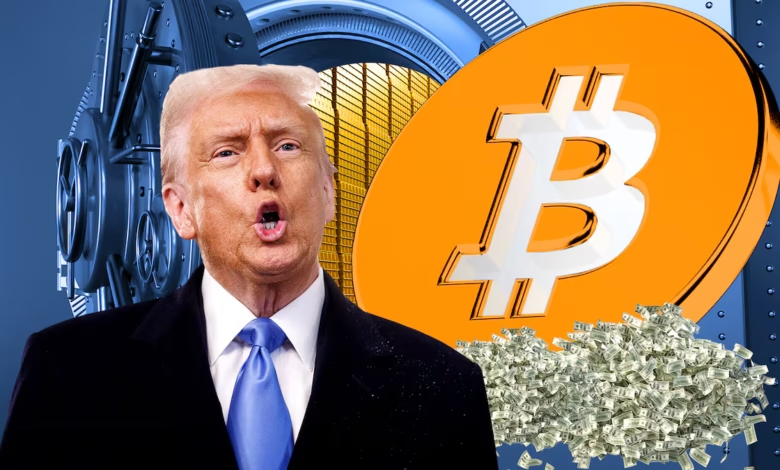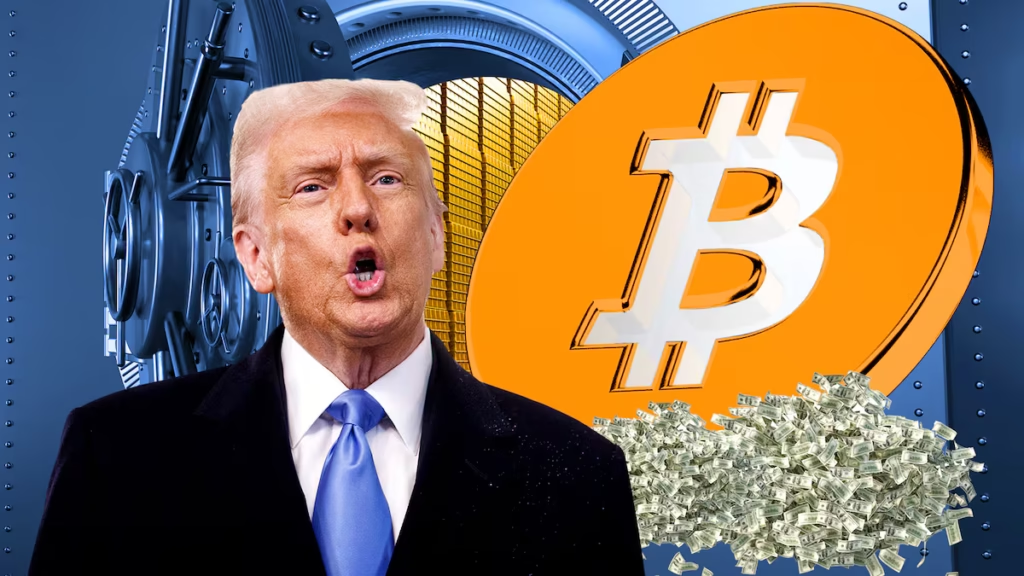Trump creates a US Bitcoin reserve as part of a new policy

Trump’s administration has initiated a Strategic Bitcoin Reserve, marking a significant policy shift within the first 100 days. The move includes appointing David Sacks as “Crypto Czar.”
The policy shift indicates a new direction supporting digital assets, contrasting former administration restrictions. Market responses reflect optimism tempered by regulatory changes.

The U.S. starts a Bitcoin reserve with a new crypto plan
Trump’s establishment of a federal Bitcoin reserve is part of a broader pro-crypto agenda, aligning with his public commitments. David Sacks, a known venture capitalist, takes charge as the administration’s “Crypto Czar.”
The administration is engaging key regulatory bodies, such as the SEC and Treasury. The actions reflect a strategy to bolster innovation and digital asset compliance, with changes designed to steer focus away from restrictive measures.
Donald J. Trump, President of the United States: “President Trump promised to create a Strategic Bitcoin Reserve and a Digital Assets Stockpile. President Trump appointed a ‘crypto czar’…” White House Fact Sheet
Markets react to the new U.S. Bitcoin plan
Immediate market reactions showcase volatility as industry stakeholders assess federal crypto initiatives. These developments present both opportunities and risks, prompting a cautious response from institutional investors.
Trump’s actions aim to juice the financial markets, pushing firms towards regulatory adaptations. Political shifts signal an openness to blockchain technology, as outlined in the White House Executive Order, calling for comprehensive regulatory reviews.
The U.S. is changing its crypto policy, and it’s similar to what other countries are doing
This reversal from Executive Order 14067 shifts the U.S. from restrictive to supportive crypto policies. Similar actions in other nations, like El Salvador’s Bitcoin adoption, provide varied outcomes.
Future results depend on how markets integrate new regulations. Past data suggests volatility, yet experts indicate potential for financial inclusivity and technological advancement with significant policy backing.



